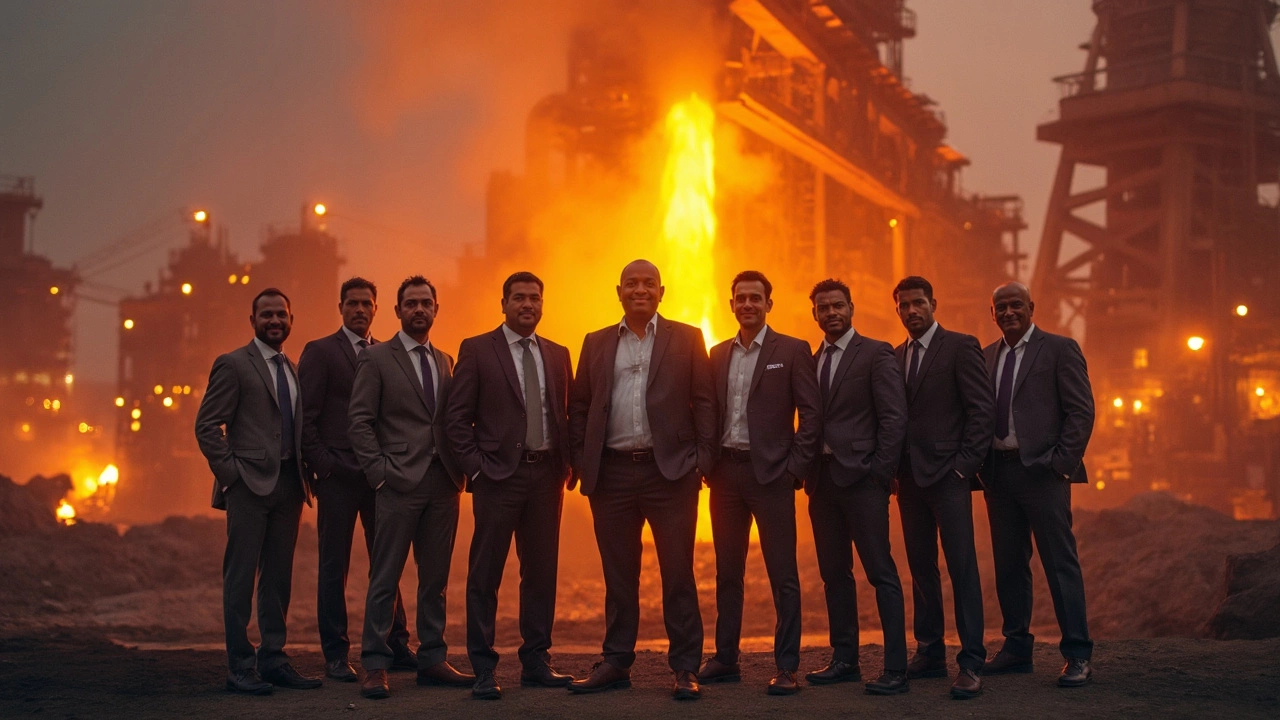- Best Plastic Manufacturing Companies in 2025 Nov 8, 2025
- Cost Analysis for Setting Up a Small Textile Manufacturing Unit in India Dec 11, 2024
- India's Second Biggest Chemical Industry Owner: A Look Beyond Reliance May 5, 2025
- Which car brands are made in India? Oct 27, 2025
- Most Reliable Cars in Asia: Top Picks & Insider Insights Jul 27, 2025
Steel Plants: What They Are and Why They Matter
If you’ve ever wondered where the metal in your car or your kitchen appliances comes from, the answer is steel plants. These are huge factories where iron ore, coal, and other raw materials are turned into steel sheets, rods, and beams. The process involves melting, shaping, and cooling the metal to get the right strength and finish. Knowing the basics helps you understand everything from construction costs to the price of a new bike.
Big Indian Steel Plants You Should Know
India has several massive steel plants that are key to the country’s growth. The biggest one is run by Tata Steel in Jamshedpur, where they produce millions of tonnes of steel every year. Another major player is Jindal Steel & Power, which focuses on high‑strength steel for infrastructure. These plants use modern blast‑furnace and electric‑arc technologies, meaning they can make steel faster and with less waste. If you’re looking for a supplier or just want to see what’s driving India’s economy, these facilities are the place to start.
What Global Steel Leaders Do Differently
Outside India, the United States still has heavyweight steel cities. Pittsburgh, for example, earned its nickname as the steel capital because of its long history of iron and coal mining. Today, the biggest U.S. steel supplier is Nucor, which focuses on recycling scrap metal and using electric‑arc furnaces. This approach cuts energy costs and keeps the plant’s carbon footprint lower. Learning from these global leaders can give Indian plants ideas for greener production and smarter cost management.
When you compare the two markets, a few trends stand out. First, both Indian and U.S. plants are moving toward more electric‑arc furnaces because they’re cleaner and more flexible. Second, automation is becoming a must—robots now handle heavy lifting and precision cutting, which reduces accidents and improves quality. Finally, sustainability is a big buzzword; many plants are investing in water‑recycling systems and using renewable energy to meet stricter environmental rules.
So, what does all this mean for you? If you’re a small business needing steel, you can look for local suppliers that source from big plants; they often have better prices and faster delivery. If you’re an investor, keeping an eye on plants that adopt electric‑arc technology and green practices could be a smart move. And if you’re just curious, many steel plants offer virtual tours or publish monthly production reports that let you see the numbers behind the metal.
Bottom line: steel plants are the backbone of modern life, from the bridges you drive over to the gadgets you use daily. Whether you’re based in India or abroad, the same fundamentals apply—raw material, heat, shaping, and cooling. By understanding who the big players are and what trends are shaping the industry, you’ll be better equipped to make informed decisions, whether you’re buying, investing, or simply learning.
Millionaires in Steel: Who Hit It Big in the Steel Industry?
- Aarav Sekhar
- Jun 2, 2025
This article dives into the true stories of people who became millionaires in the steel industry, breaking down how they made it happen. You’ll see what gave these leaders their edge, what shortcuts they avoided, and what risks paid off. It’s not just about luck—there’s real strategy behind the biggest paydays in steel. Get ready for some surprising facts and see what tips could actually work for someone starting out today. The steel industry has minted some unexpected millionaires, and you’ll find out exactly how they pulled it off.
Top Steel Producers: Finding the Best Quality Worldwide
- Aarav Sekhar
- Feb 19, 2025
Discover what makes steel from some manufacturing plants stand out in terms of quality. Learn about the industry's giants and the factors that contribute to their success. Explore the uniqueness of steel production across various countries. Gain insights into advancements that enhance steel quality today. Get practical tips on choosing the best steel manufacturers for specific needs.

